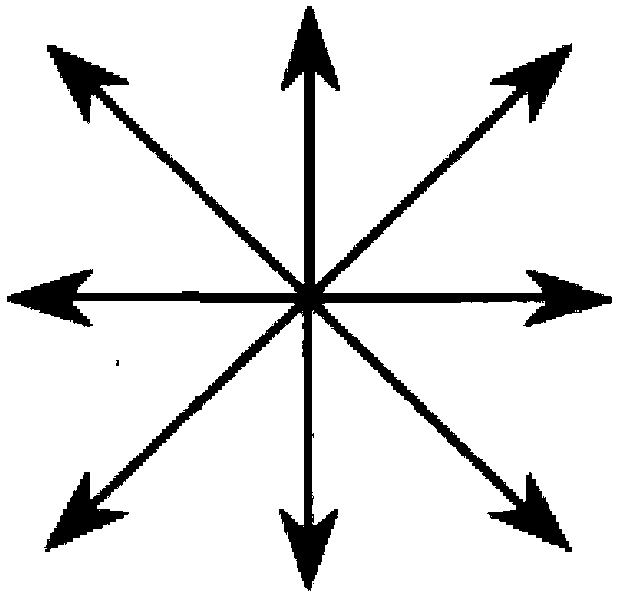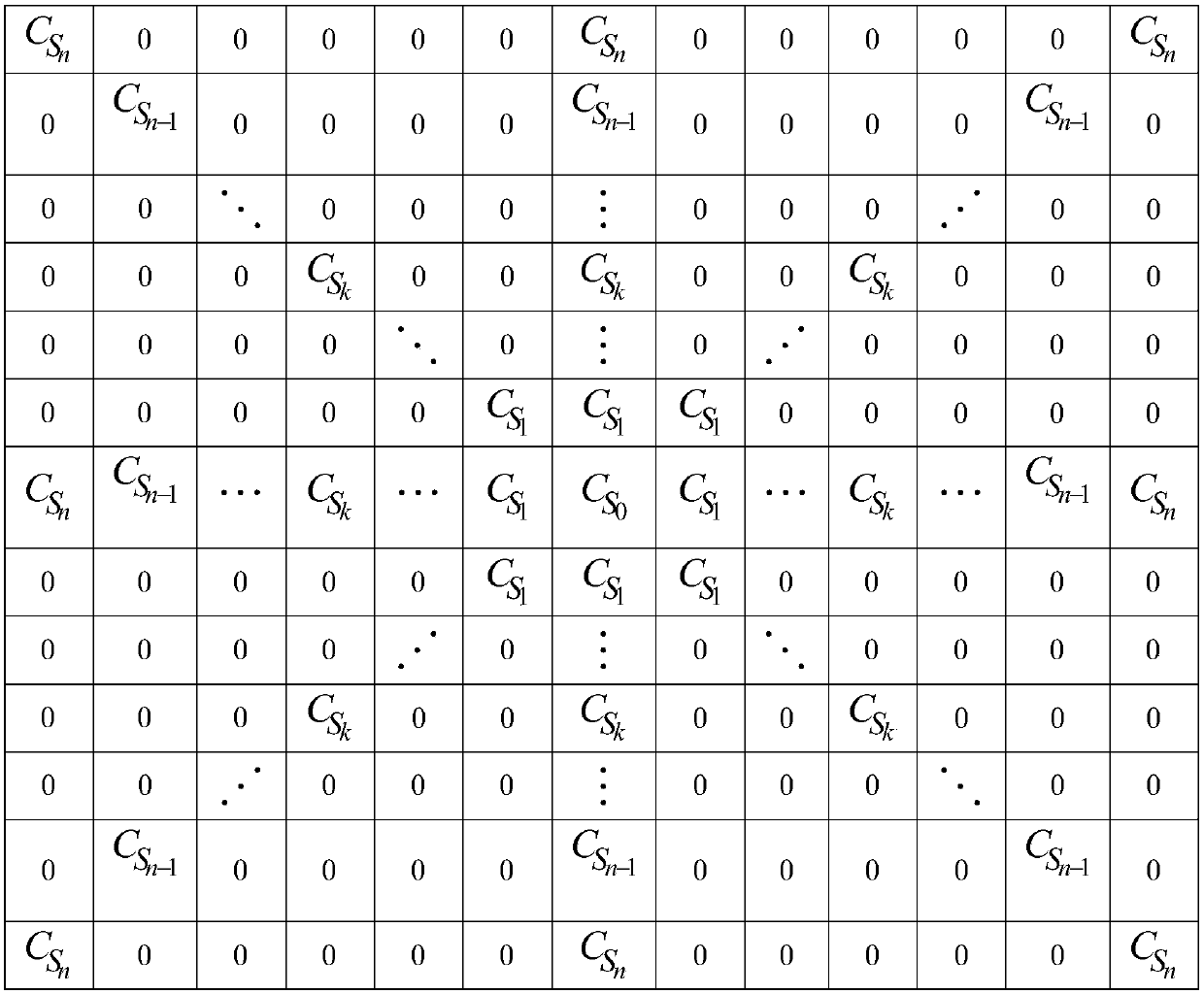Motion Field Estimation Method for Movie MRI Image Sequences Based on Fractional Differentiation
A film nuclear magnetic resonance and fractional differential technology, which is applied in image enhancement, image analysis, image data processing and other directions, can solve the problems of no rotation invariance, poor anti-noise performance, low accuracy, etc., and achieves high estimation accuracy, Good anti-noise performance and the effect of improving estimation accuracy
- Summary
- Abstract
- Description
- Claims
- Application Information
AI Technical Summary
Problems solved by technology
Method used
Image
Examples
specific Embodiment approach 1
[0020] Specific implementation mode one: combined with figure 1 , the specific implementation steps of the method for estimating the motion field of the film nuclear magnetic resonance image sequence based on fractional differential in this embodiment are as follows:
[0021] 1. Texture enhancement of movie MRI image sequences using fractional differentiation;
[0022] 2. Extract the phase, azimuth, and amplitude of the image through Riesz transform, and construct the signal;
[0023] 3. Establish the optical flow equation by using the phase vector of the single-cast signal;
[0024] 4. Estimate the motion field of the cine-MRI image sequence through the optical flow equation.
specific Embodiment approach 2
[0025] Specific Embodiment 2: This embodiment is a further limitation of the specific implementation step 1 of the method for estimating the motion field of a film MRI image sequence based on fractional differential in the specific embodiment 1, combined with the attached figure 2 , attached image 3 , the process of using fractional differential to enhance the texture of the film MRI image sequence described in step 1 is:
[0026] Starting from the integer-order derivative of a continuous function, the differential order is extended from integers to fractions, and a basic v-order Grümwald–Letnikov fractional differential equation is constructed,
[0027]
[0028] Here the continuous function s(u) represents the one-dimensional image signal, s(u)∈[a,u], a Represents a collection of integers; when v>0, k is not less than [v], Indicates the length of the signal; is the Gamma function, Represents the Grümwald–Letnikov-fractional differential operator; when the value of ...
specific Embodiment approach 3
[0037] Specific implementation mode three: this implementation mode is a further limitation of the specific implementation step two of the method for estimating the motion field of a movie MRI image sequence based on fractional order differential in the specific implementation mode one, combined with the attached Figure 4 , the process of extracting the solo phase, solo orientation, and solo amplitude of the image through Riesz transform described in step 2, and constructing solo signals is as follows:
[0038] a. Separate the local amplitude, local phase and local direction of the corresponding point of the image through three two-dimensional spatial orthogonal filters; the two-dimensional spatial orthogonal filter used is a differential Poisson filter; the spatial orthogonal filter Consists of 1 rotation invariant even bandpass filter b e (Z) and 2 odd bandpass filters b o1 (Z), b o2 (Z) Composition;
[0039] b. Asking for a single phase Solo direction θ(Z) and solo am...
PUM
 Login to View More
Login to View More Abstract
Description
Claims
Application Information
 Login to View More
Login to View More - R&D
- Intellectual Property
- Life Sciences
- Materials
- Tech Scout
- Unparalleled Data Quality
- Higher Quality Content
- 60% Fewer Hallucinations
Browse by: Latest US Patents, China's latest patents, Technical Efficacy Thesaurus, Application Domain, Technology Topic, Popular Technical Reports.
© 2025 PatSnap. All rights reserved.Legal|Privacy policy|Modern Slavery Act Transparency Statement|Sitemap|About US| Contact US: help@patsnap.com



